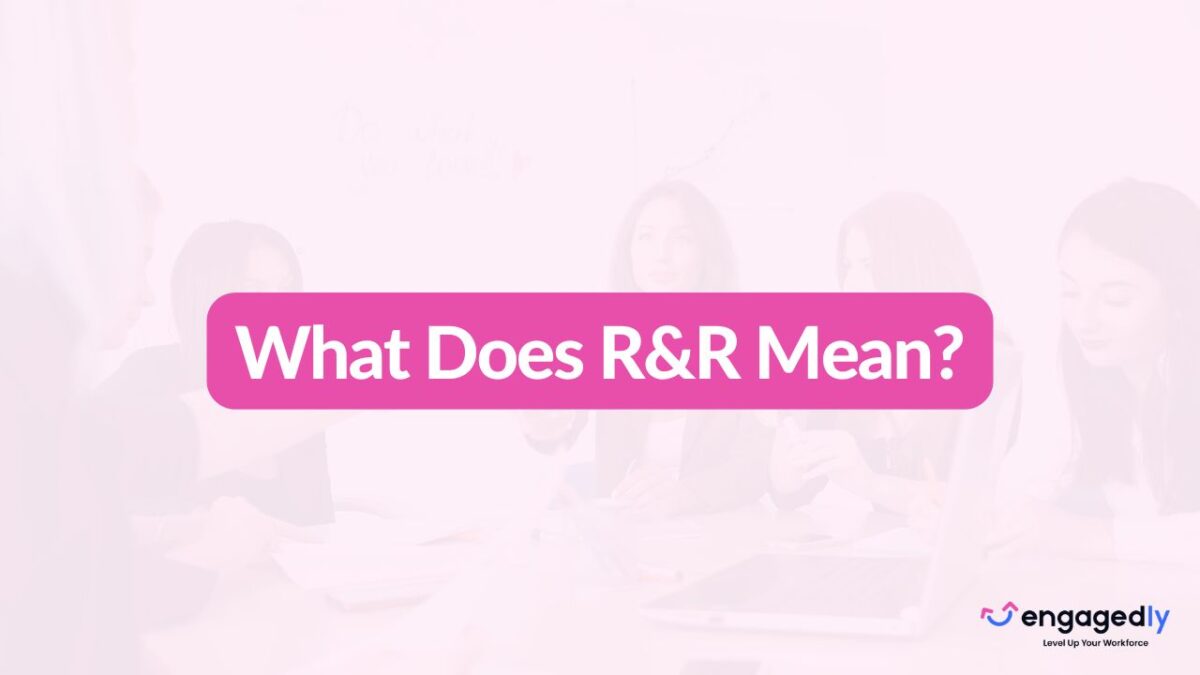What Does R&R Mean in HR?
R&R stands for Rewards and Recognition. In HR, it refers to structured systems and programs that appreciate employee contributions through both tangible rewards (like bonuses or gift cards) and intangible recognition (such as verbal praise, public acknowledgment, or awards).
These programs are designed to boost engagement, reinforce company values, and strengthen organizational culture.
Rewards vs. Recognition: What’s the Difference?
- Rewards: Tangible incentives tied to performance—this might include financial bonuses, promotions, gift vouchers, extra time off, or development opportunities.
- Recognition: Non-monetary appreciation—public shout-outs, personalized thank-you messages, or peer acknowledgment that promote belonging and morale.
Both elements work together to foster a motivated, committed workforce when balanced correctly.
Why R&R Matters
- Motivates employees: Acknowledging accomplishments increases effort and engagement.
- Enhances retention: Employees who feel valued are less likely to leave.
- Improves performance: Frequent recognition aligns employee behavior with desired outcomes and company values.
- Strengthens culture: R&R programs highlight and reinforce what the organization values most.
Best Practices for Effective R&R Programs
- Consistency is key: Recognize performance regularly—not just at annual reviews.
- Be specific: Praise efforts with details (“your project saved 10% in costs”) instead of generic praise.
- Enable peer-to-peer recognition: Encourage colleagues to recognize each other’s work.
- Align with values: Ensure recognition ties back to organizational goals and behavioral standards.
- Personalize rewards: Tailor rewards to individual preferences for maximum impact.

